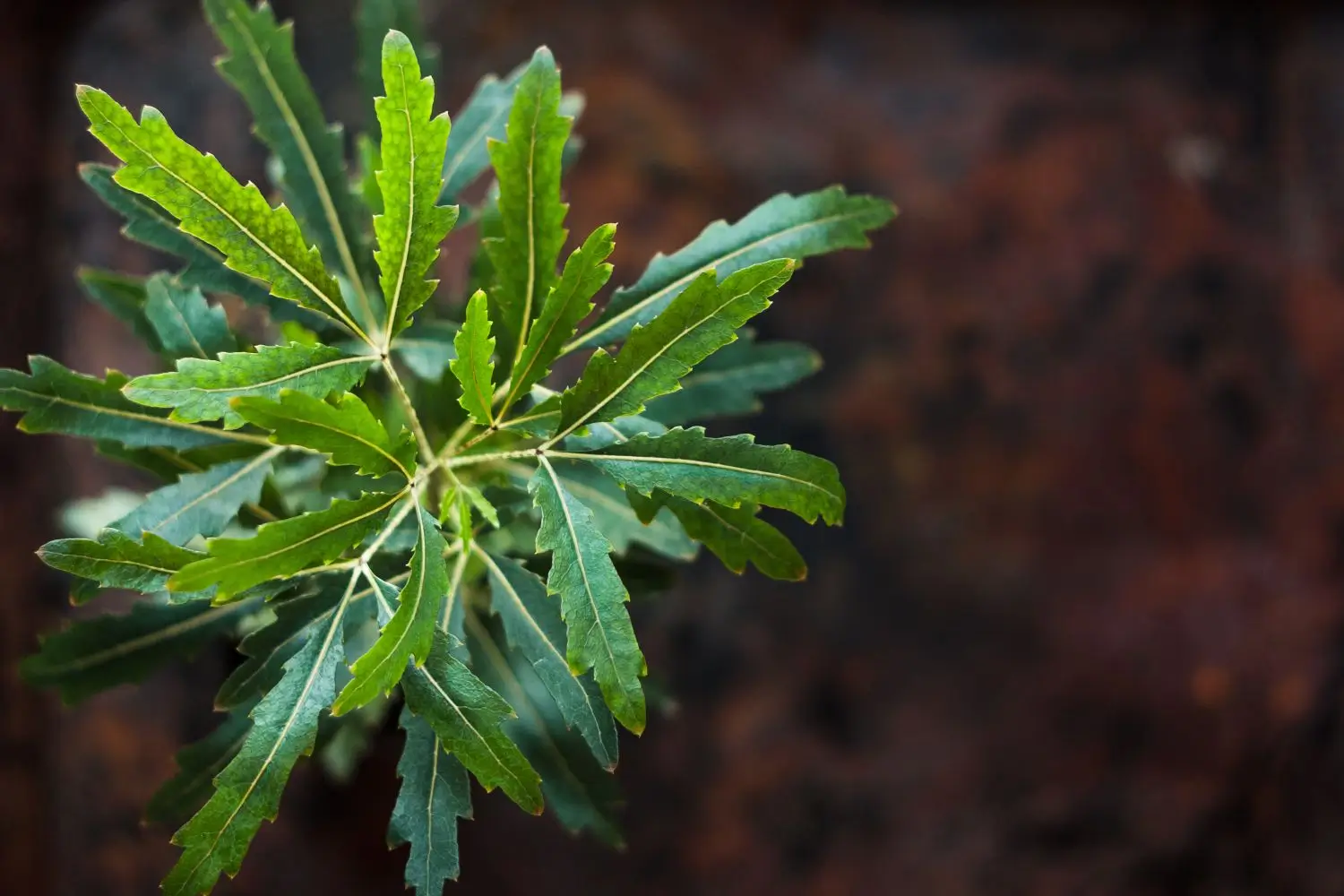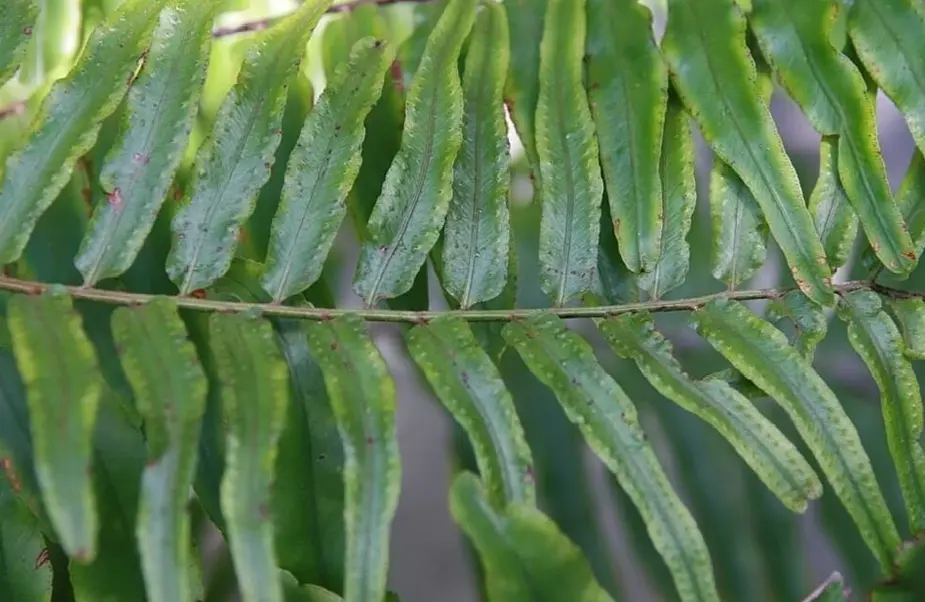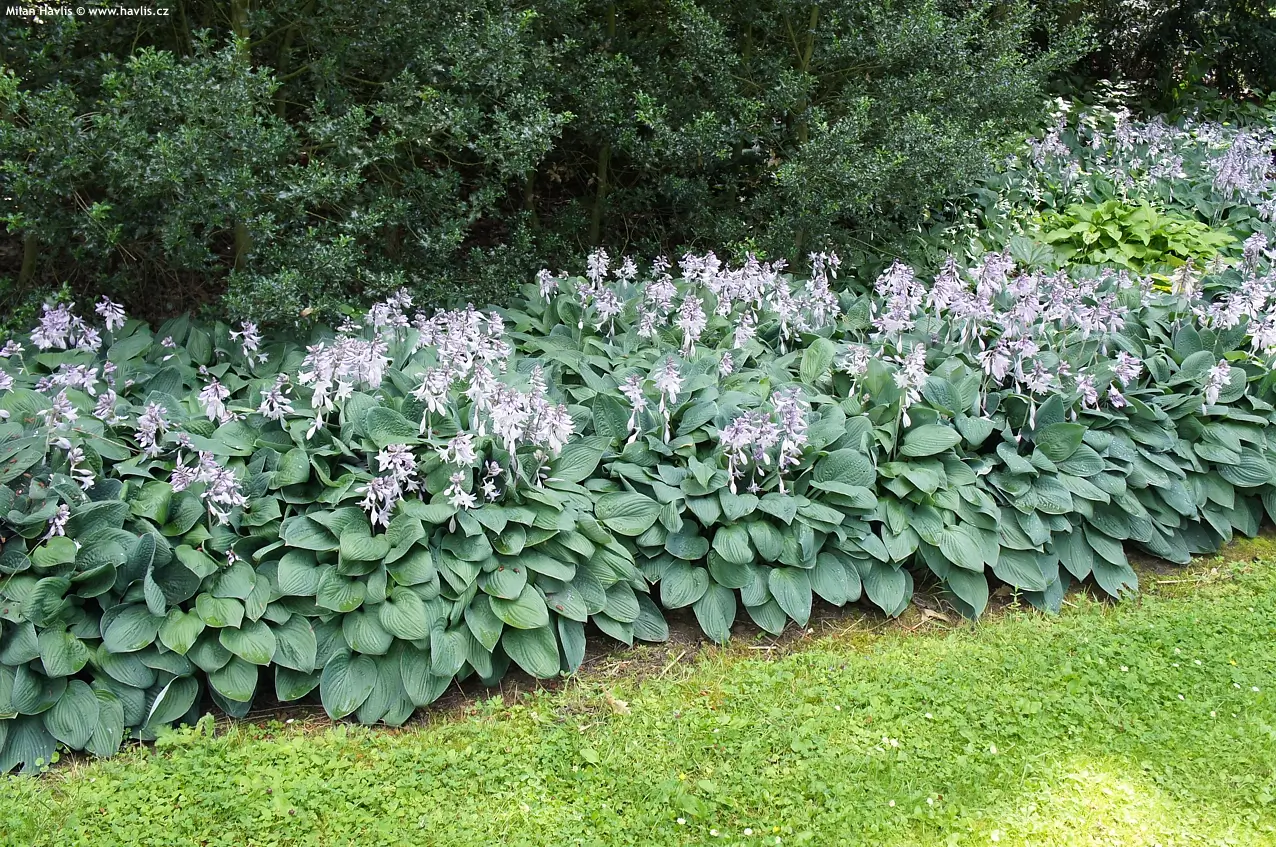
Soil Health & Fertilization
We unite suppliers and green industry professionals worldwide
If you are thinking about bringing a bit of the tropical indoors, the False Aralia (Schefflera elegantissima) may be just the plant for you
By Victor Miller
|Published on June 10, 2025


If you are thinking about bringing a bit of the tropical indoors, the False Aralia (Schefflera elegantissima) may be just the plant for you. Providing dark green lacy foliage and shiny jagged leaves, this plant provides a visual texture that catches your eye and sticks out. Native to the tropical regions of the South Pacific, the False Aralia has become a very popular tree houseplant due to its relatively low-maintenance and refined form.
Whether used as a corner plant or a focal point in your home, the False Aralia adds a touch of sophistication to any room with its bold foliage and graceful presence. Here’s what you need to know to make your False Aralia thrive and become a show-stopper in your home.

September 25, 2025
9 minute read
September 24, 2025
9 minute read
September 23, 2025
10 minute read
September 22, 2025
9 minute read


Join as a seller and connect with thousands of B2B buyers nationwide!
Sign Up

Macho Fern
With its huge arching fronds and luxuriant green foliage, Macho Fern adds dramatic texture and volume as it grows.Whether nestled under trees or swaying from a hanging basket, it's the go-to plant for instant, low-effort jungle vibes.

N’Joy Pothos
This charming variety of Epipremnum aureum boasts lush, heart-shaped leaves splashed with creamy white and vivid green. N’Joy brings visual intrigue to windowsills, desks, or hanging planters—and it thrives with minimal attention.

Hakone Grass
There are few plants under cultivation that can match Hakone Grass (Hakonechloa macra) for grace, movement, and texture.

Halcyon Hosta
With its uniquely blue-green foliage, Halcyon Hosta is indeed a standout in shaded landscapes
False Aralia is a tough plant that almost takes care of itself, but responds nicely to good care. Best for indoor settings, where it can thrive with proper care on light, soil and watering.
Fake Aralia loves bright, indirect sunlight. Some low light is fine, but it will grow slower and its beautiful foliage may lose some vibrancy. You should put the plant near a north or east-facing window where it gets plenty of natural light but is protected from the harsh midday sun. Direct sunlight can scorch its delicate leaves, so always ensure it’s shielded during peak hours.
Soil: Prefers well-draining, slightly acidic soil. Some combination of peat moss (or coconut coir if you prefer a peat-free option), perlite and pine bark works beautifully, giving water a chance to flow through, but retaining some moisture at the same time.
The plant does not like to be water-logged, so make sure that the pot has good drainage to prevent root rot. Check the soil regularly for compaction, and reapplying the mix if needed, as good soil aids the plant in developing healthy roots.
False Aralia prefers to dry out between waterings, make sure to allow the top 1-2 inches of the soil to dry out before watering again. This plant doesn’t like to sit in water, so check that the pot has proper drainage as well. You may need to water more often during the warmer months when the plant is actively growing, but cut back on watering in the fall and winter when the plant’s growth slows down. Be sure to check the soil moisture before watering again to avoid over-watering.
False Aralia pruning is an integral part of the life of your False Aralia. This plant doesn’t need to be heavily pruned, but regular removal of dead or damaged leaves will help it keep its tidy appearance. Conversely, you can prune long stems for aesthetic reasons — to produce bushier growth.
False Aralia can also be pruned lightly, which helps create more density in the plant. Be careful not to damage the plant; and use clean and sharp scissors or pruning shears when trimming your plants. Since this plant can get quite tall, pinching the top growth encourages branching and produces a fuller, more attractive form.
False Aralia can be propagated by taking stem cuttings, but it takes a little bit of patience. The simplest way is to gather robust, healthy cuttings from the plant in spring or early summer.
To propagate:
Take a 6-8 inch long cutting with a few leaves attached, and make sure to take the cutting from a part of the plant that has not yet flowered.
Soon enough, you’re going to have a new False Aralia baby in your home!
False Aralia does well in pots and is a perfect candidate for indoor container gardens. Its moderate size makes it adaptable to a wide range of pots, whether you’re growing it as a single specimen or in groups with other plants.
When growing in a pot:
If you decide to keep a False Aralia in a pot, you can keep it in there for years — making for a unique and standout addition to your indoor plant collection.
False Aralia is a tropical plant and requires extra care during its colder months. If you are growing it in an area with cold winters, be sure to bring it indoors before the temperature drops below 50°F (10°C).
How to overwinter your False Aralia:
With the right care, your False Aralia will thrive indoors throughout the cold months ahead.
False Aralia is cultivated mainly for its tropical foliage, rather than flowers. The plant produces small, unremarkable flowers which are usually greenish-white, and is not a showy bloomer and rarely flowers indoors. Its most sought-after features are the gorgeous fern-like leaves that continue to be the centerpiece beauty of the plant.
The plant has deeply divided leaves that give it a lacey appearance, making it an ideal plant to bring a tropical vibe to your home décor. If you do, you might have better luck keeping it outdoors in tropical climates, where it blooms freely. However, for the most part, False Aralia is appreciated by indoor growers for its foliage alone.
While False Aralia is a fairly low-maintenance plant, it can still run into a few common problems:
Keeping an eye out for these common issues will allow you to keep your False Aralia healthy and thriving.
One of the most unique and visually striking houseplants is the False Aralia, which completely transforms a room with its exotic 'lacy' leaves. When given the proper care, it will thrive and be a standout in your houseplant collection.
In a home setting, False Aralia can grow around 4-8 feet tall but can get as tall as 15 feet in the wild.
Grown outdoors, False Aralia is often short-lived; it belongs indoors in most climates. In tropical or subtropical areas, it can be planted outside, but you will need to protect it from frost.
False Aralia prefers repotting every 2-3 years to ensure fresh soil and more room to grow.
No, the False Aralia is toxic for pets (cats and dogs) when ingested and should therefore not be accessible for curious animals.

Soil Health & Fertilization
Victor Miller

Pest Identification & Prevention
Victor Miller

Lawn Care Tips & Maintenance
Victor Miller

Soil Health & Fertilization
Victor Miller

Smart Irrigation Systems
Victor Miller

Patios, Walkways & Driveways
Victor Miller

Soil Health & Fertilization
Victor Miller

Pest Identification & Prevention
Victor Miller
My Account
Our team is always here to help.
We are open Monday - Friday, 9:00 AM to 4:30 PM PST.